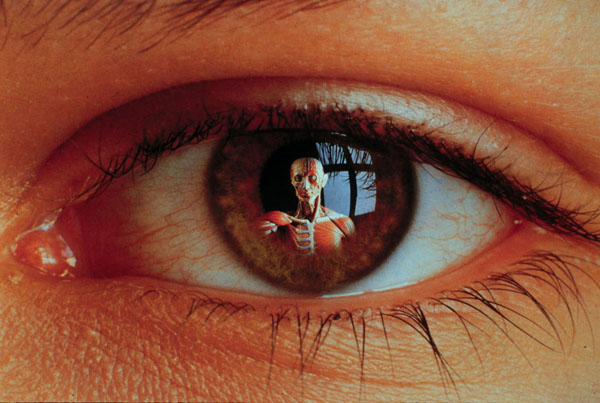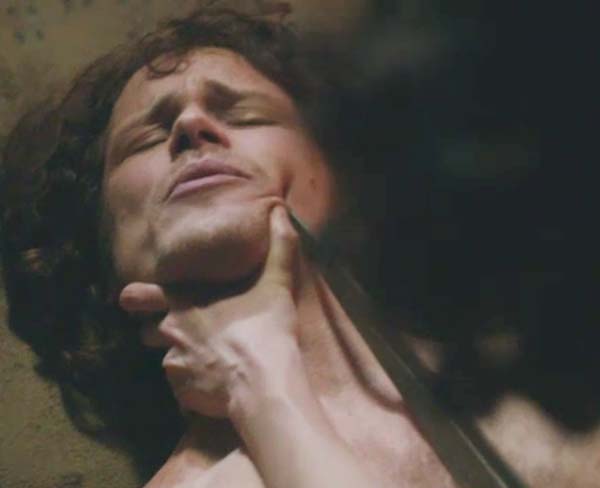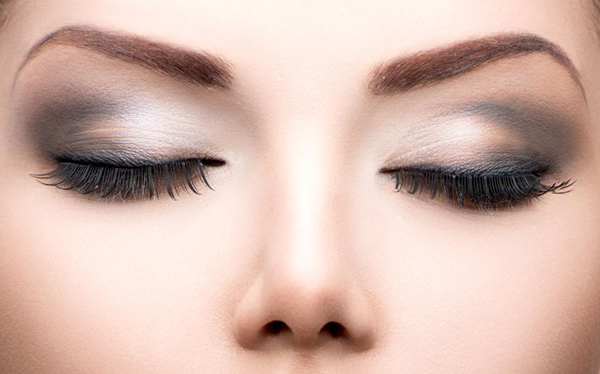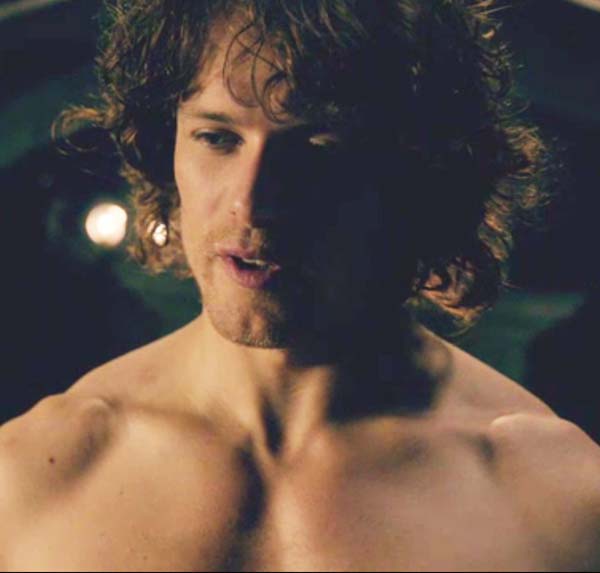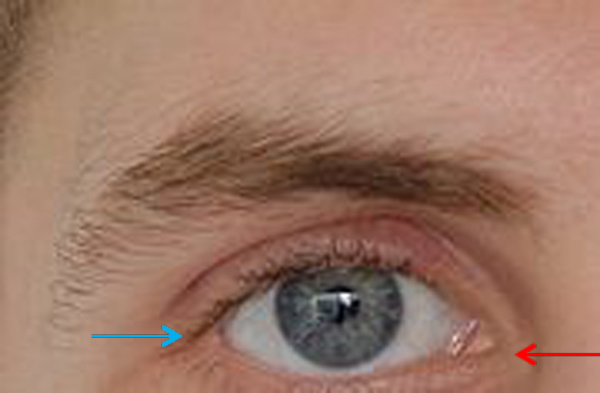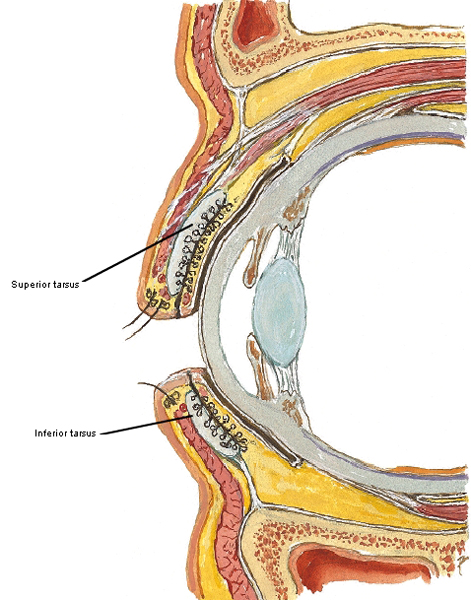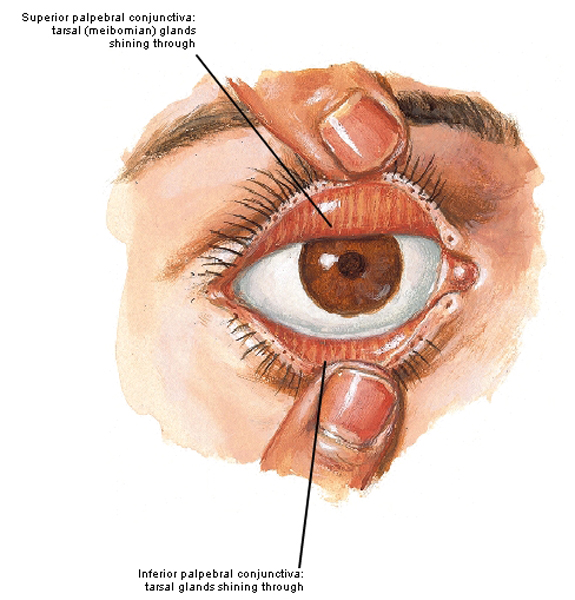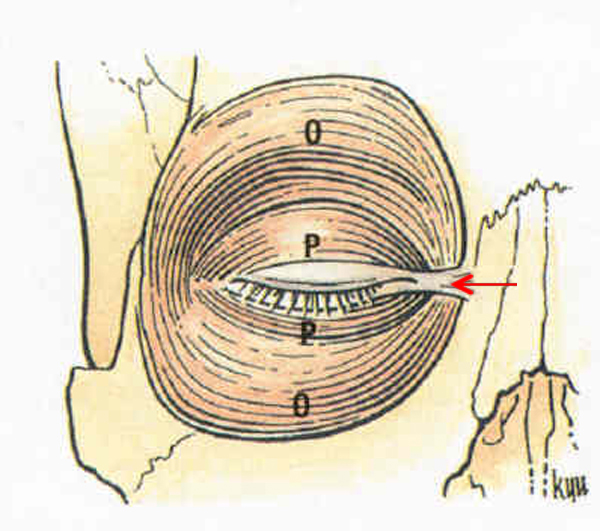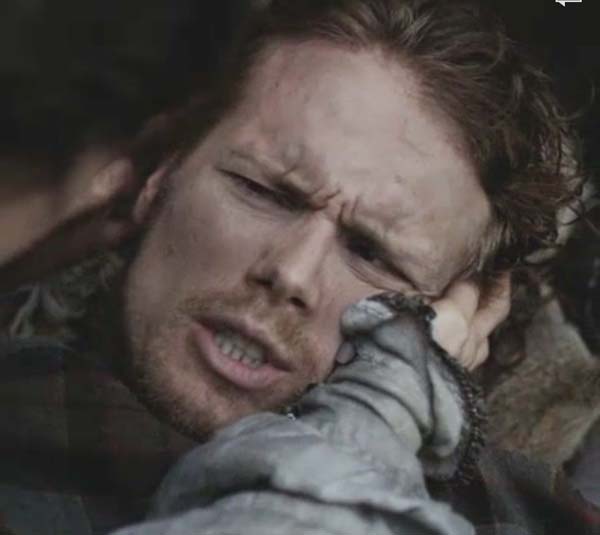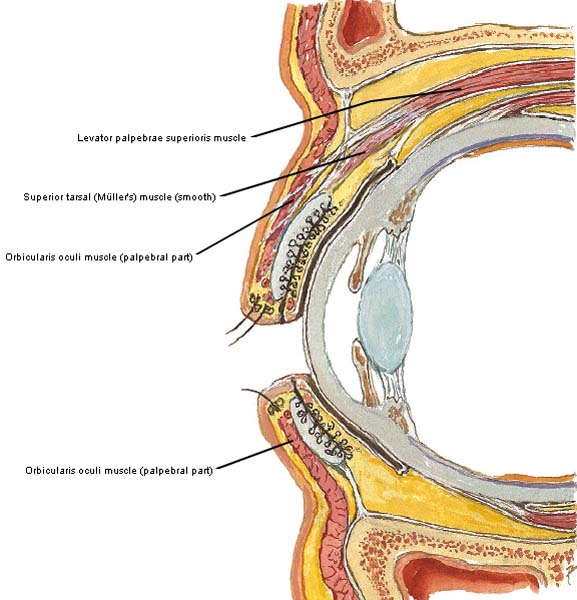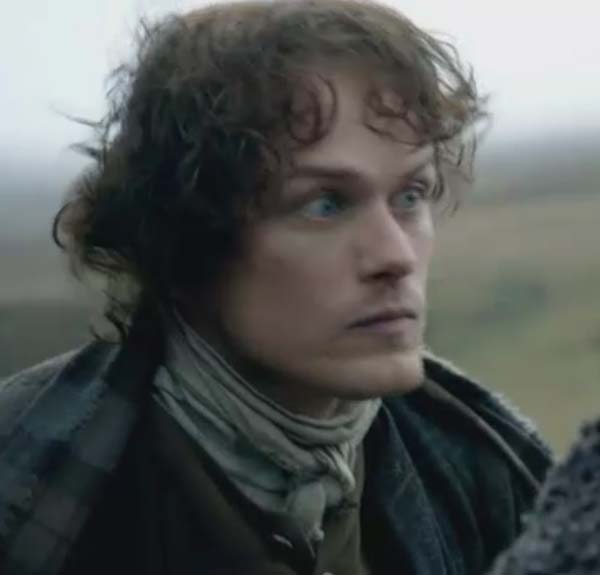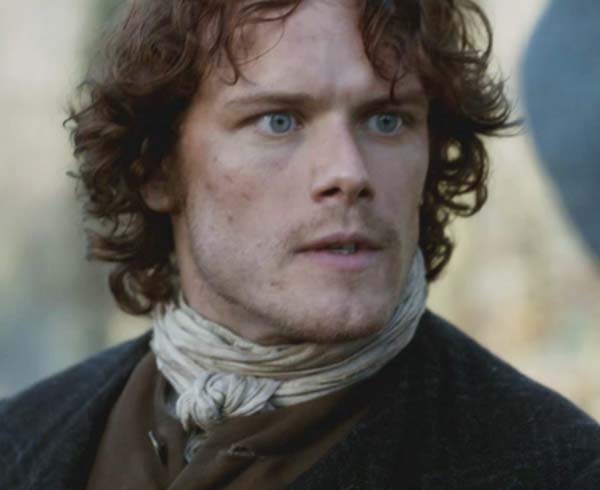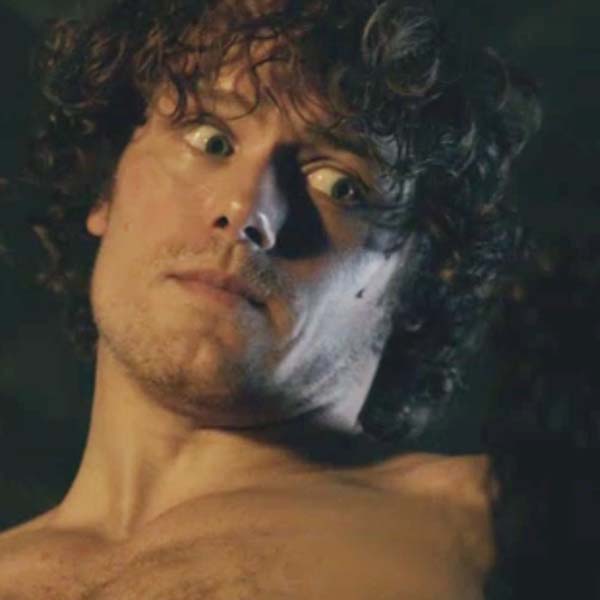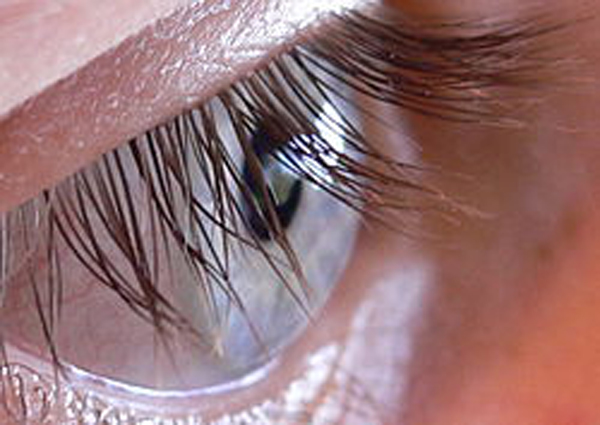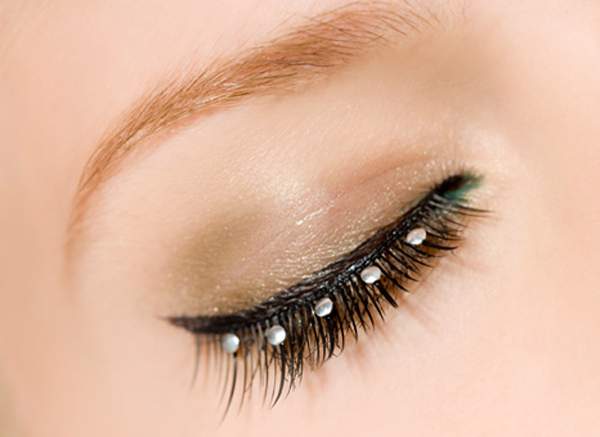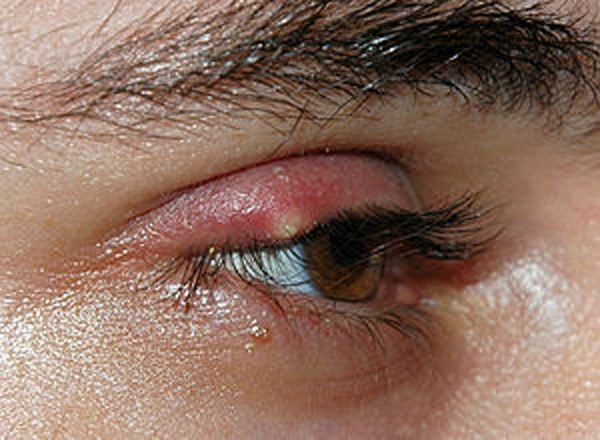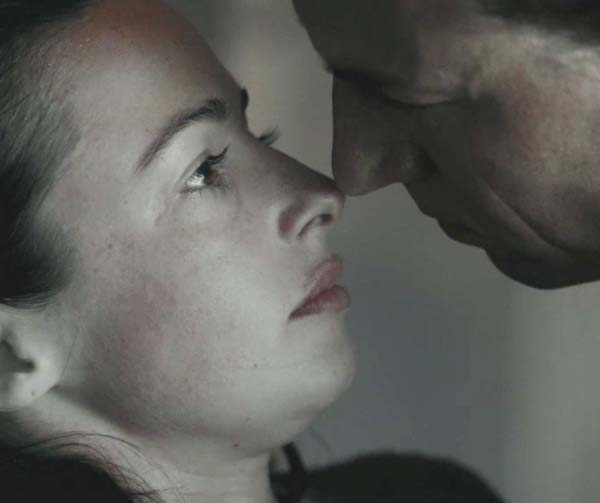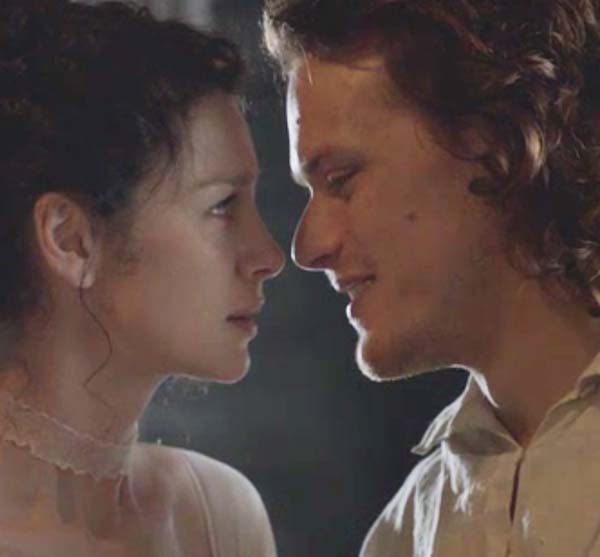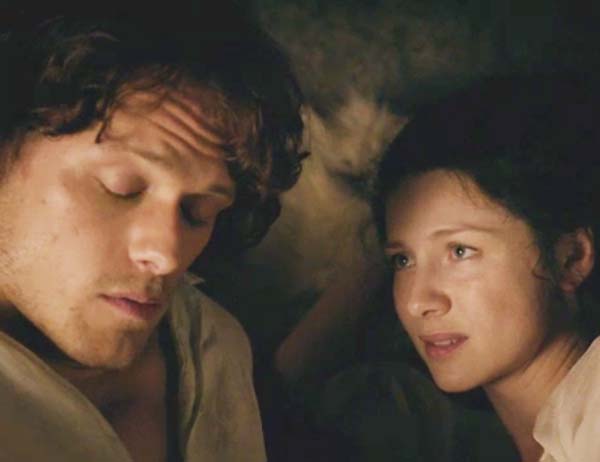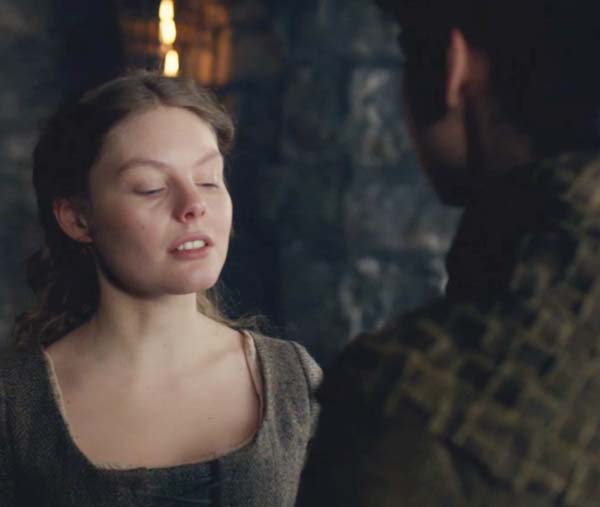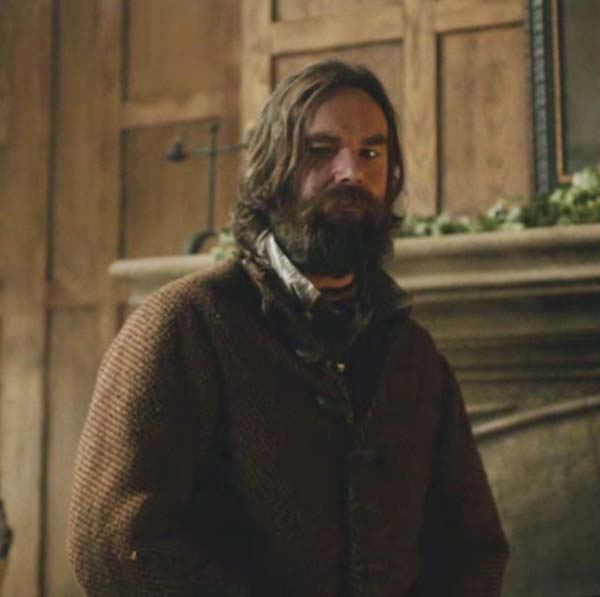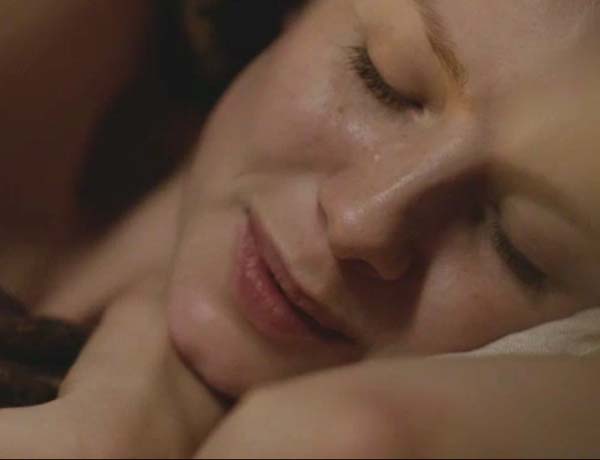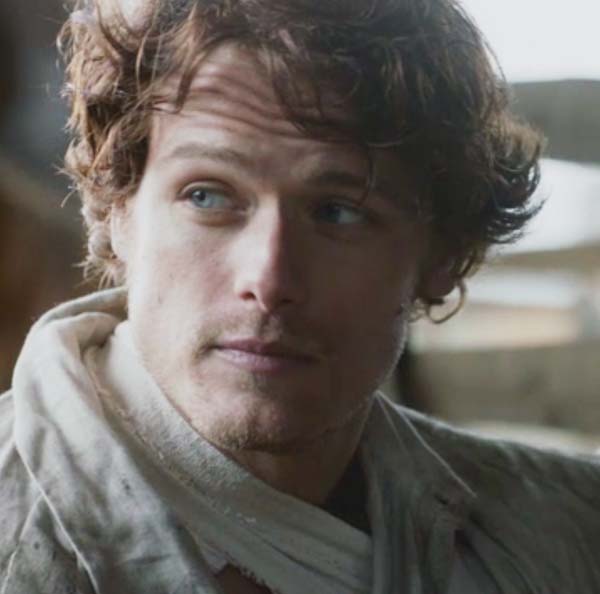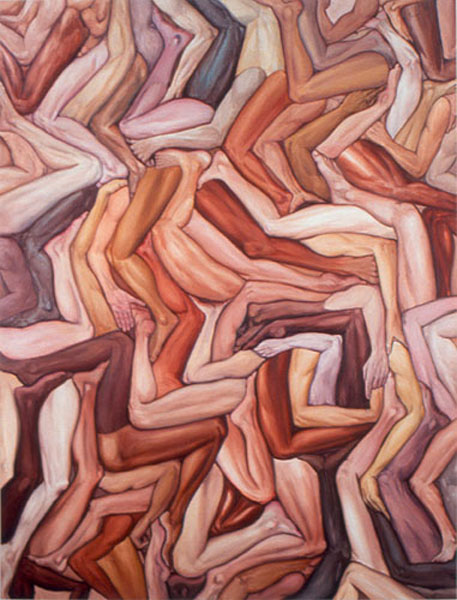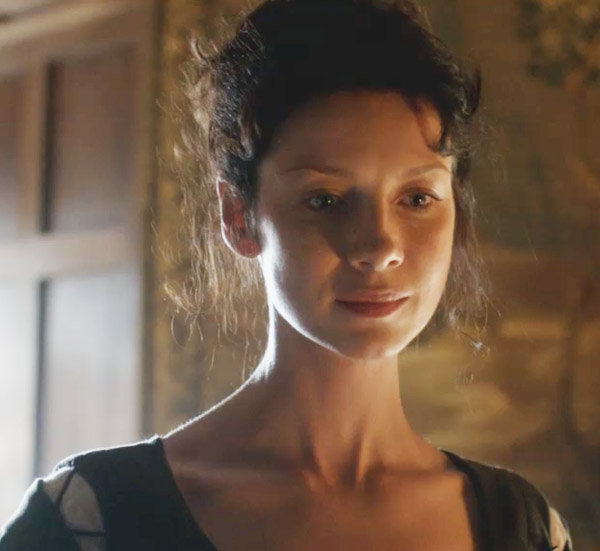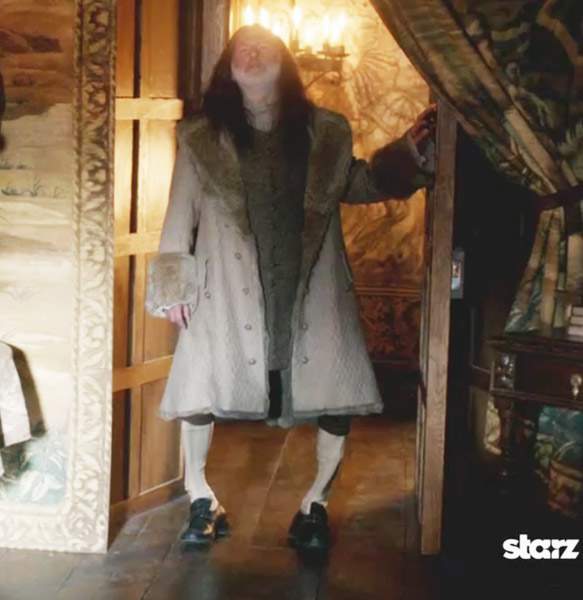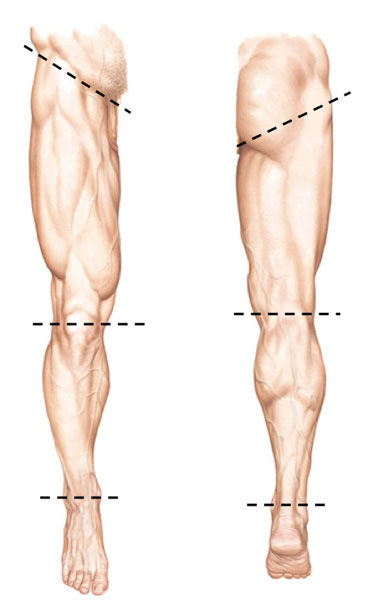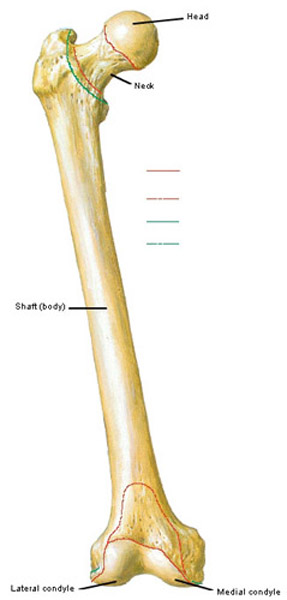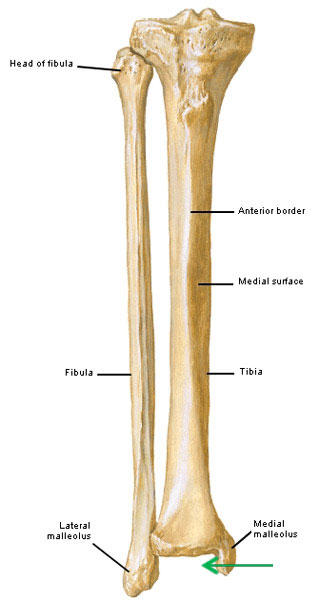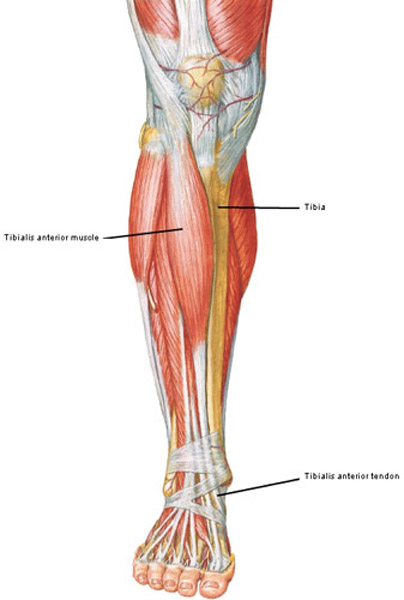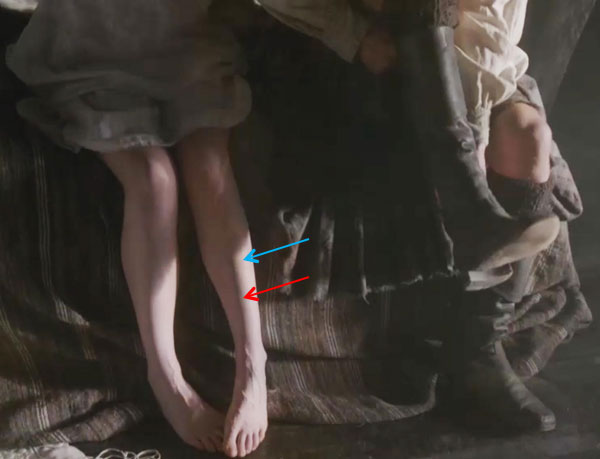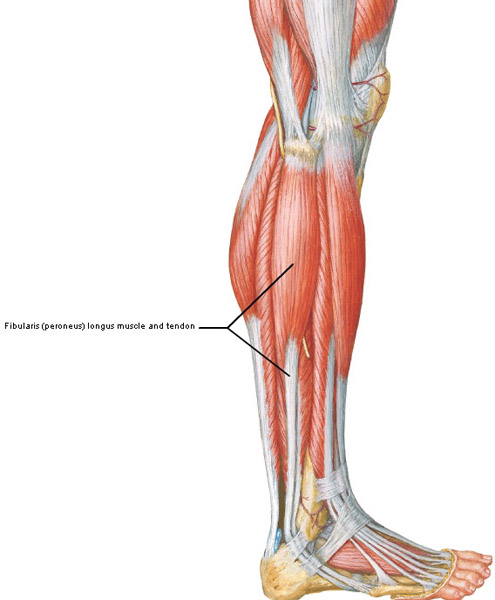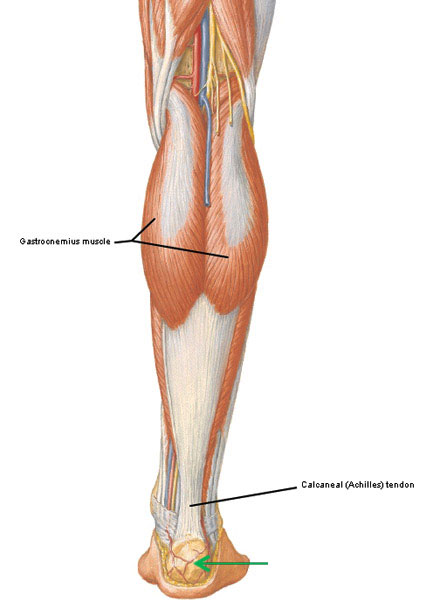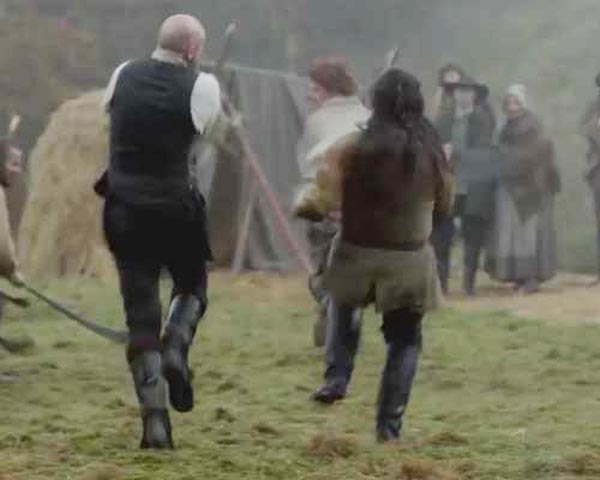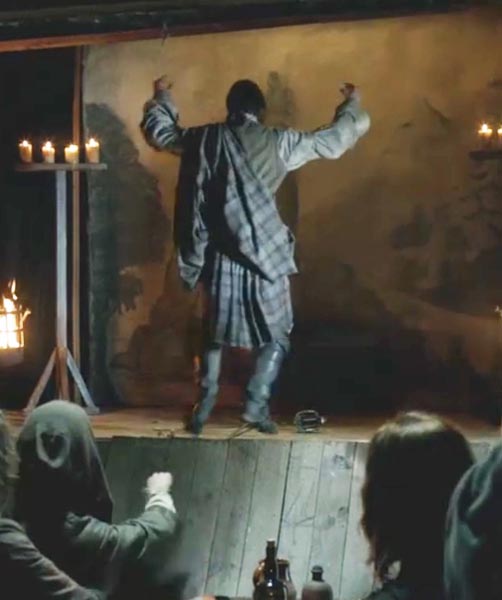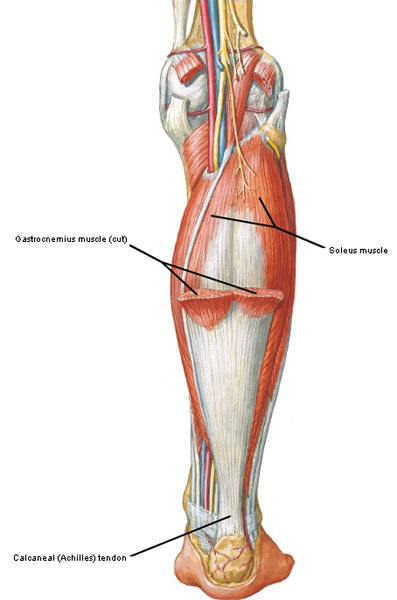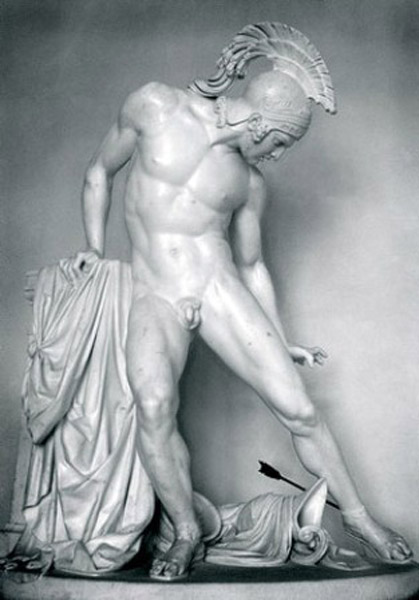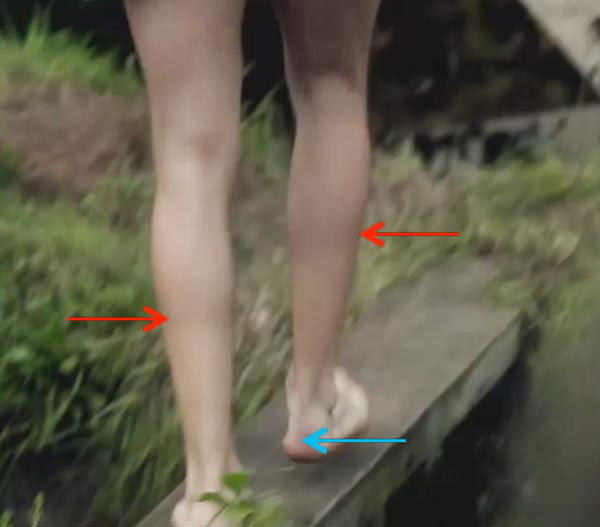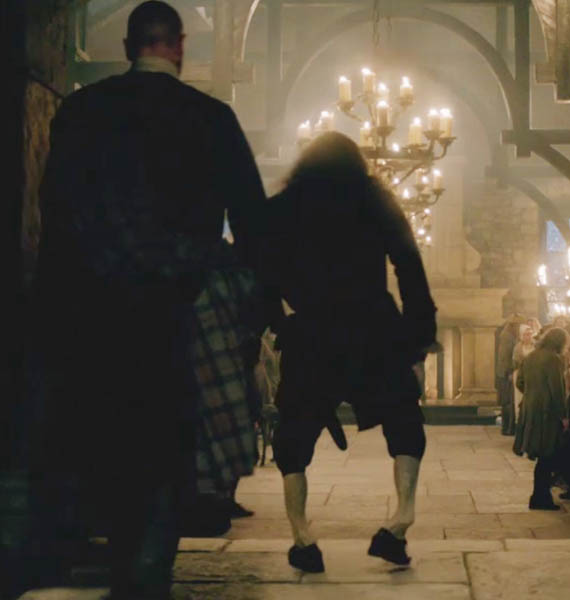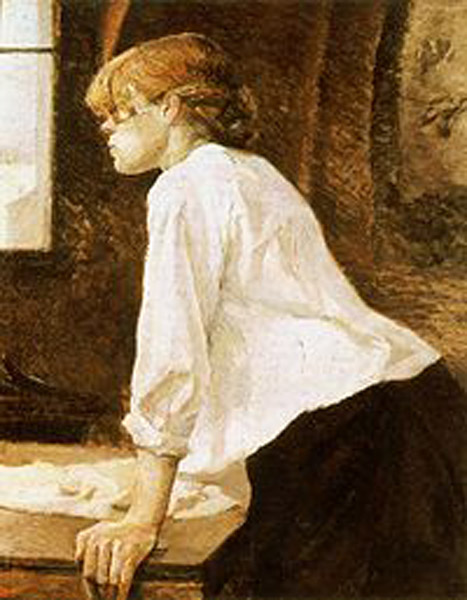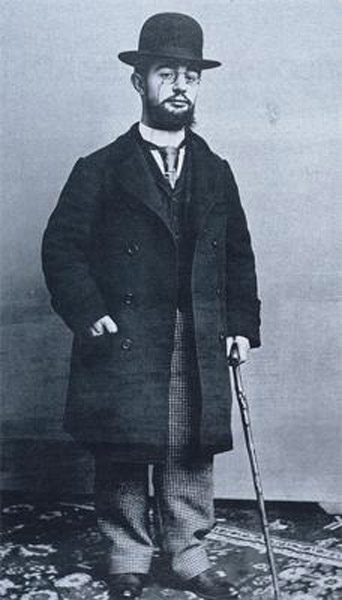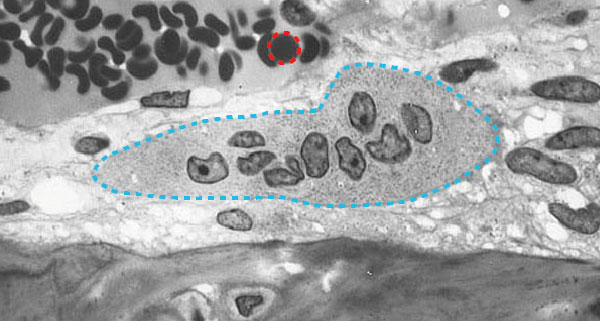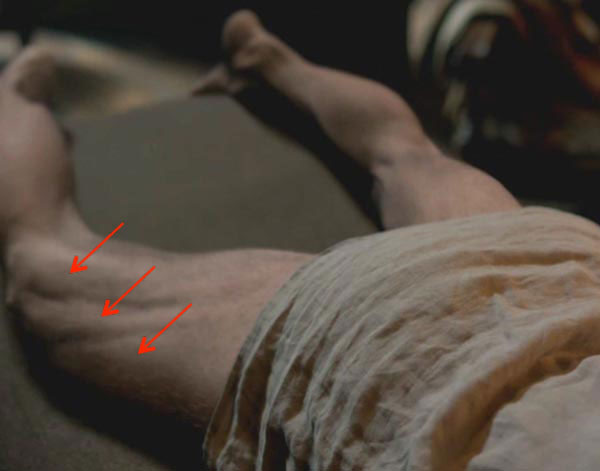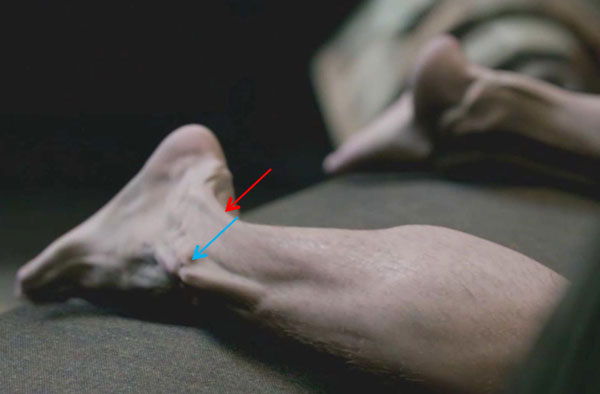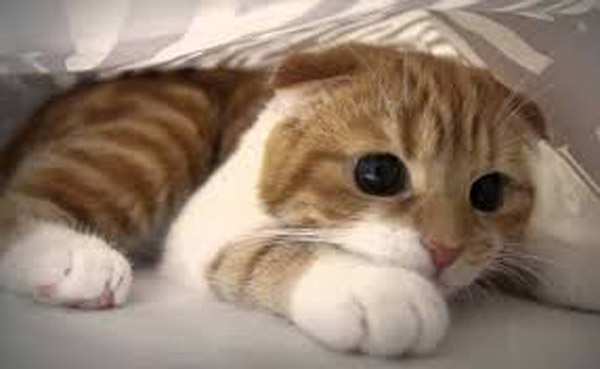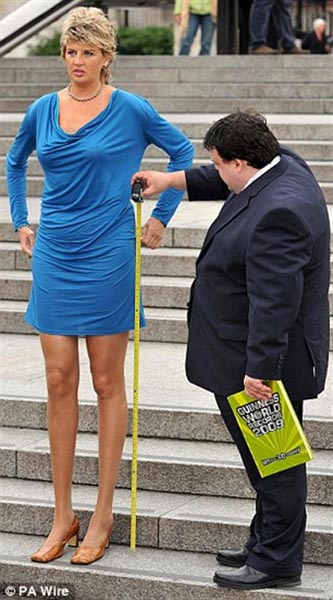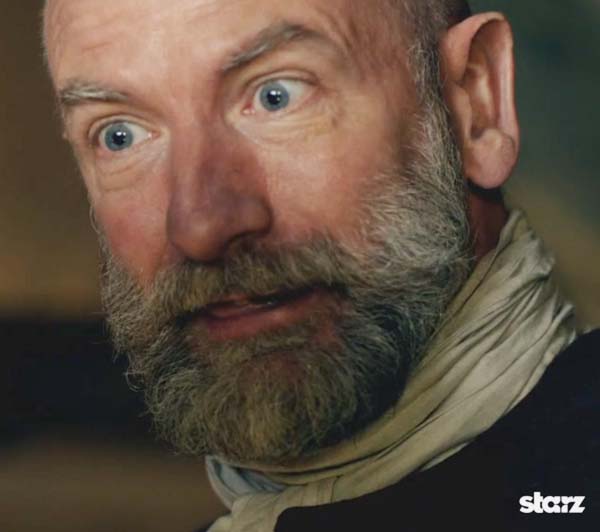 An apocryphal story about Abraham Lincoln, 16th US President, claims he was taking a vote during a cabinet meeting on whether or not to sign the Emancipation Proclamation. All of his cabinet secretaries voted nay, whereupon Lincoln raised his right hand and declared: “The ayes have it!” 🤗
An apocryphal story about Abraham Lincoln, 16th US President, claims he was taking a vote during a cabinet meeting on whether or not to sign the Emancipation Proclamation. All of his cabinet secretaries voted nay, whereupon Lincoln raised his right hand and declared: “The ayes have it!” 🤗
Today, the “eyes have it” as we begin a discussion which, due to complexity, will span more than one anatomy lesson! So, welcome all students to the first in a series of eye lessons: Anatomy Lesson #29, The Eyes Have It!
The eye is arguably the most elegant and complex sense organ of the human body. Its duty is to provide vision thereby increasing our perception of both inner and outer worlds (Photo A). John Ruskin (1819 – 1920), a leading English art critic of the Victorian era, put vision into clear perspective: “The greatest thing a human soul ever does in this world is to see… To see clearly is poetry, prophecy and religion, all in one.”
photo A
The eyeball is marvelous but it doesn’t work in a vacuum. Surely, you’ve read about celebrities who are accompanied by a full entourage of assistants? Well, the eyeball has a similar assemblage. For the eyeball to work optimally, it requires help from a small host of accessory structures: eyebrows, eyelids, eyelashes, bony orbit, periorbital fat, lacrimal apparatus and extrinsic muscles. Today, we will learn how eyelids, eyebrows and eyelashes augment vision.
We’ll start today’s anatomy lesson with the eyebrows, a major human facial feature. In anatomy, the eyebrow is known as the supercilium (pl. supercilia). Eyebrows are linear growths of coarse hair that protect the eyeballs from the sun’s rays as well as sweat, rain, dandruff and other debris. The Greek physician Herophilos (335-280 B.C.) first suggested that the brows are “adorned with hair, so that if copious perspiration came, it would be contained by this ‘check-point’ of hair placed in its way until it is wiped off, so that it could not obstruct the eyes.” The eyebrow arch favors this explanation as it typically peaks over the eye and slants to each side ensuring that moisture wicks around the eyeball and towards temple or nose.
Delicious Dougal-Dude exhibits a fine example of manly arched brows; brow power to the max as he reminds Colum that he is dad-of-the-lad, Hamish. Colum should be grateful; after all, Dougal was showing fealty by lying wi’ his laird’s lovely Lady Letitia (Starz episode 109, The Reckoning).
Besides protecting the eyeballs, eyebrows are vital in human communication by signaling mood changes such as anger, surprise, concern and even sexiness. Jamie’s eyebrows are furiously flapping in this Starz scene (episode 109, The Reckoning). Och! Weel, Claire’s dark dirk dare is agonizing for Jamie – runs counter to the man’s natural instincts. Ken the distress telegraphed by his eyebrows? At this point, yes, yes, lassie! Anything!
Eyebrows also add major definition to the face. In a recent MIT study, subjects were asked to identify celebrities whose eyes or eyebrows had been digitally erased. Surprise! Subjects could correctly identify 60% of celebrities if eyes were blocked but only 46% if eyebrows were erased suggesting that eyebrows are more significant than eyes in identifying faces.
We humans like to mess with our anatomy and eyebrows are no exception: tattooing, waxing, plucking, brushing, coloring, trimming, stenciling, darkening, shaving, piercing, tweezing and threading (Photo B). And, of course, cosmetic surgery can lift eyebrows or Botox can be used to reduce skin lines near the brows to create a more youthful look.
photo B
Time for an eyebrow quote from Outlander book:
“Because I want to look at you,” I said. He was beautifully made, with long graceful bones and flat muscles that flowed smoothly from the curves of chest and shoulder to the slight concavities of belly and thigh. He raised his eyebrows. “Well then, fair’s fair. Take off yours”…
Here ye go. Breathe! Panting is OK, but no fainting (Starz episode 107, The Wedding)!
Next up, anatomy of the palpebrae (pl.) or eyelids. Eyelids (Anatomy Lesson #11) are moveable flaps of skin that overlie the eyeballs. Upper and lower lids join on the nasal side at the medial canthus (Photo C – red arrow); the lateral canthus marks their fusion at the temporal side (Photo C – blue arrow). The elliptical opening between the eyelids is the palpebral fissure.
The upper lid is larger and more mobile than the lower and each lid covers the eyeball differently. With the eyelids open, the upper lid normally overlaps the upper cornea (and deeper-lying iris) but the lower lid sits just below the cornea (Photo C). With the eyelids closed, the upper lid moves down to cover the entire cornea. Note: if the lids of an eye at rest are open widely such that the entire cornea (and iris) is exposed, then one should consider being evaluated for possible causes (Grave’s disease, orbital cellulitis, exophthalmos, to name a few).
Try this: Open your eyelids and gaze into a mirror. Find medial and lateral canthi (pl.). Where are your eyelids relative to the iris (the iris is the best landmark because the transparent cornea is difficult to identify in a forward gaze)? Close the eyelids and gently probe the corneal bulge and realize that in this position, the upper lid completely covers the cornea.
photo C
Except for parts of the external genitalia, eyelid skin is the thinnest of the entire body. Each lid contains a flexible connective tissue plate: the superior tarsus of the upper lid and inferior tarsus of the lower lid. Tarsi (pl.) add body and shape to the eyelids allowing them to cup the eyeball surface (Photo D – vertical section through eyelids and eyeball). Eyelids close to protect the eyeball from trauma, debris, and excessive light; they also help create the tear film and spread it across the eyeball surface.
Try this: Grip your upper lid between thumb and index fingers and gently squeeze. Feel the superior tarsal plate pop between your fingers? Now repeat with the lower lid and realize that the inferior tarsal plate is much smaller than the superior version.
photo D
Eyelids are well equipped with sebaceous glands to keep the skin supple and sweat glands to cool the skin and eliminate wastes (Anatomy Lesson #5). But, the inner surfaces of superior and inferior tarsi house unique tarsal (meibomian) glands, specialized glands that release meibum, an oily substance that seals the eyelids when closed and also traps the tear film so it won’t spill over the eyelids (Photo E).
Try this: Look in a mirror and gently pull down your lower eyelid to evert and expose the inner surface (the upper lid is harder to evert). Locate the pale yellow lines arranged perpendicular to the lid margin – these are your tarsal glands!
photo E
Each set of eyelids (Anatomy Lesson #13) is moved by three muscles: orbicularis oculi, levator palpebrae superioris and superior tarsal muscle of Müeller.
Orbicularis oculi muscle (OO) has two parts: an orbital part consists of large muscle loops that overlie bones of the eye socket (Photo F – labelled O); a palpebral part is confined to upper and lower eyelids (Photo F – labelled P). Both orbital and palpebral parts attach to the medial palpebral ligament, a tough band of connective tissue at the medial canthus of each eye (Photo F – red arrow).
photo F
The orbital part of OO is under voluntary control meaning we can contract the muscle at will; this action squeezes the flesh surrounding the eyelids.
Jamie presents an agonizing example from Starz episode 116, To Ransom a Man’s Soul: his eyelids are slightly open but the skin around them is puckered because the orbital part of OO is contracted. He has confused his beloved Claire with the awful yuk-man! Pax, Jamie, Claire has ye in her healing hands!
The palpebral part of OO contracts voluntarily to close the eyelids in a conscious blink. Volition is especially evident when we wink – voluntarily contracting the palpebral part of one eyelid.
Do you know how often we blink? Although we can voluntarily contract the palpebral part of OO, it is routinely under unconscious control meaning the brain signals the muscles to contract about 15 times every waking minute. This automated blinking cleanses, renews and redistributes the tear film. Also, if an object flies toward the eyeball, the palpebral part reflexively contracts and closes the lid to protect the cornea. This unconscious response relieves our conscious brain of instructing the palpebral muscles to contract every four seconds while we are awake (see the gif below in slow-mo).
Try this: Open your eyelids. Now contract the flesh around the lids, an action accomplished by the orbital part of OO. Now, relax the flesh around the eyelids and then deliberately blink both eyes or wink one; contraction of the palpebral part of OO causes this action. Next, close the lids of one eye and place a fingertip in the medial canthus. Move the finger gently up and down. Feel the tough ridge of tissue? This is the medial palpebral ligament which provides an attachment site for OO.
The second set of eyelid muscles is levator palpebrae superioris (LPS). Each of these strap-like muscles originates deep in the eye socket and passes forward to insert on the superior tarsal plate of the same side (Photo G). LPS is under voluntary control; its contraction lifts the upper eyelid so light can enter the eyeball. Lacking comparable muscles, the lower eyelids glide open by gravity.
Finally, the third muscle acting on each eyelid is the superior tarsal muscle of Müeller; this small muscle spans from the underbelly of LPS to the superior tarsus (Photo G). Made of a different type of muscle (the body has three types – the rule of three in anatomy!), it can never be moved voluntarily and thus is always under autonomic control. Surprise, shock, pain, loud noises or scary events cause the superior tarsal muscle to contract swiftly and suddenly and the eyelids fly open. This is considered a survival mechanism allowing more light to enter the eyeball so we can quickly identify potential threats.
photo G
Do we see Müeller’s muscle at work in Starz episodes? Oh, aye. Here are three good examples!
SURPRISE! Across a time barrier of two centuries, Jamie hears Frank shout “my wife is NOT with another man!” Sorry Frank, but she is! Naw… Jamie’s upper eyelids fly open because Hugh Munro’s arrow interrupted some serious hand sex (Starz episode 108, Both Sides Now). Bad timing Hugh – no more gaberlunzies for you!
SHOCK! Jamie’s upper lids flash open; he is shocked, shocked I say, as he kens that bears aren’t the only creatures that poop in the woods! Wee Willie says he was busy taking a piss (yeah, right) when the red coats captured Claire. She was thrashing about and she’s gonna get thrashed again after Jamie gets her (Starz episode 109, The Reckoning)!
PAIN! Müeller’s muscle quickly activates as Claire silently embroiders her initials into her handsome hubby’s side. Jamie, she warned ye to stay away from that damned double-dealing Duke! Och, aren’t nurses supposed to be gentle (Starz episode 110, By the Pricking of My Thumbs)?
Next, let’s view some fun facts about eyelashes. Also known as cilia, eyelashes are short, thick hairs that grow in double or triple rows along the rims of our eyelids (Photo H). Eyelashes naturally curl: upper lashes curve upward and lower lashes curve downward; this design keeps the hairs from interlacing when the lids close. Also, please don’t pull out eyelashes; lashes take 7-8 weeks to regrow but constant pulling can lead to permanent loss. Natural eyelash color may differ from head hair although dark-haired individuals tend to have darker eyelashes than light-haired folks. Eyelashes help capture debris headed for the eyeball surface. Similar to cat whiskers, they are sensitive to touch and provide warning if an object approaches the eyeball so the lids can reflexively close.
photo H
Many cultures consider long eyelashes a mark of beauty although there is one (Hazda of Tanzania) wherein women trim their eyelashes! Eyelash length is enhanced with mascara, extensions or false eyelashes although enhancing is nothing new. As far back as the Bronze Age kohl was used as eyeliner and lash enhancer and remains the eye cosmetic of choice in some parts of the world. In the west, mascara, eyeliner, eyeshadow, eye putty and tints are used to color the lashes or their bases (Photo I). Also, a mess of tools are used to alter eyelashes such as curlers, applicators and shields. Eyelash transplants are available although it uses head hair so if you go that route, plan on regular haircuts! Finally, there is also a glaucoma-treatment drug with a side effect of eyelash growth. Whew!
Photo I
And as if this isn’t enough fussing with our lashes, eyelash jewelry is now in vogue (Photo J)!
Photo J
Eyelashes are fraught with many problems: infection with parasitic crab lice; ingrown lashes; loss of lashes; abnormal grown of lashes on other parts of the eyelid; itching, redness and flakiness; and styes/stys. And, did you know that 98% of humans harbor a harmless commensal mite (Demodex folliculorum) in the follicles of our eyelashes and eyebrows? In the US, the National Center for Biotechnology Information (NCBI – PubMed/NIH) posts numerous concerns about dreadful reactions to glues used in eyelash extensions and other cosmetic eye issues. Wherever you live, please get informed before enhancing the eye or its accessory parts with anything new or weird.
Clinical Correlation: Two major types of sores plague the eyelashes. One type is the stye/sty, the blockage of a sweat gland at the base of the eyelashes that produces a hordeolum, a painful, red, swollen bump (Photo K). A chalazion develops if a tarsal gland becomes blocked. Initially both types of sores are red, swollen and painful. However, over time, the chalazion becomes hard and non-tender whereas the sty/hordeolum continues to sting like a skelping!
Photo K
Let’s finish this lesson with Outlander images and book quotes about eyelashes and eyelids. Want to see a lovely lassie with long lush lashes? Yep, its wee Jenny staring into shark eyes after BJR sticks his bloodied finger into her mouth (Starz episode 112, Lallybroch). Jamie says his sis has great eyelashes (Outlander book):
—she’s got blue eyes, like mine, but prettier, wi’ black lashes all around.
Maybe so; maybe faux? They look real to me!
Shortly after their marriage, Claire muses that Jamie has unusual eyelashes (Outlander book).
… His lashes were long… Oddly colored, though; dark auburn at the tips, they were very light, almost blond at the roots.
Claire gits up close and personal as she gazes at Jamie’s long, thick ginger lashes (Starz episode 107, The Wedding). She just interrupted his kiss and he can still smile? What a lad!
Of course, Outlander book readers ken that our Hero Jamie canna wink (urging non-readers to get with the remedial reading program. Wink, wink!):
He blinked at me like a large red owl—some congenital tic made him incapable of closing one eye in a wink—and I laughed.
Now, Jamie’s not quite blinking like a big old red owl in the image below but the palpebral parts of OO are contracted (Starz episode 107, The Wedding). Seems he is totally bummed because he thinks that Claire didna like IT! What the hey is IT? Ha ha! Seems Murtagh, Rupert and Ned gave Jamie a load of shite about women: they told him women didna like IT! But, they were dead wrong about not-a-wet-nurse Claire. She does like IT!
Even cray-cray LegHaire, that lying little lass, contracts the palpebral part of OO as she lowers her upper lids. She is sooo sad for her puir Jamie – sob – trapped in a loveless marriage with a cold English bitch (Starz, episode 110, By the Pricking of My Thumbs)! Her lad must get swine drunk before he can stand to plow Claire’s field. SMACK! Seems LungHaire’s cheek just received a bit ‘o Claire’s “healing touch.” Oh, and she’s dead wrong about Mistress Claire; she does like IT! Shouting now!
Murtagh’s Morning Mistake: he interrupts Jamie’s breakfast (Starz episode 110, By the Pricking of My Thumbs). Snort! Godfather, your eyelids are open now (levator palpebrae superioris is contracted) and ye look a wee bit sheepish. That’s right…baaaad timing! Baaaa!
Here’s proof of Murtagh’s uh, oh (Starz episode 110, By the Pricking of My Thumbs): with both eyelids closed (palpebral parts of OO contracted and covering her corneas), Claire is basking in the afterglow of “the gift that keeps on giving” – Ira’s words, not mine. Yep, she likes IT!
So students, Outlander proves that the eyes have it: lashes, lids and brows working together for the greater good!
All together now:
Sing me a song of gal who’s not gone,
Say could that lass be Claire?
Some are dead wrong as she loves her man strong,
Challenge her will if ye dare!
Jamie’s her man,
She belongs to his clan,
She’s part of his blood and bone!
Her eyes are for him; she’ll risk life and limb
‘till their life on earth shall be done!
Oh, sing me a song…
A deeply grateful,
Outlander Anatomist
photo creds: Netter’s Atlas of Human Anatomy, 4th ed. (Photos D, E, G); Clinically Oriented Anatomy, 5th ed. (image of orbicularis oculi); Starz; www.consumerreports.org (image of eyelash jewelry); www.giffy.com (blinking eyes); www.quotesgram.com (Panda bears); www.rakis.com.au (image of eyebrows); www.web.md.com (image of stye); www.en.wikipedia.org (images of man’s eyebrow; sty; eyelashes; gif of blink)

